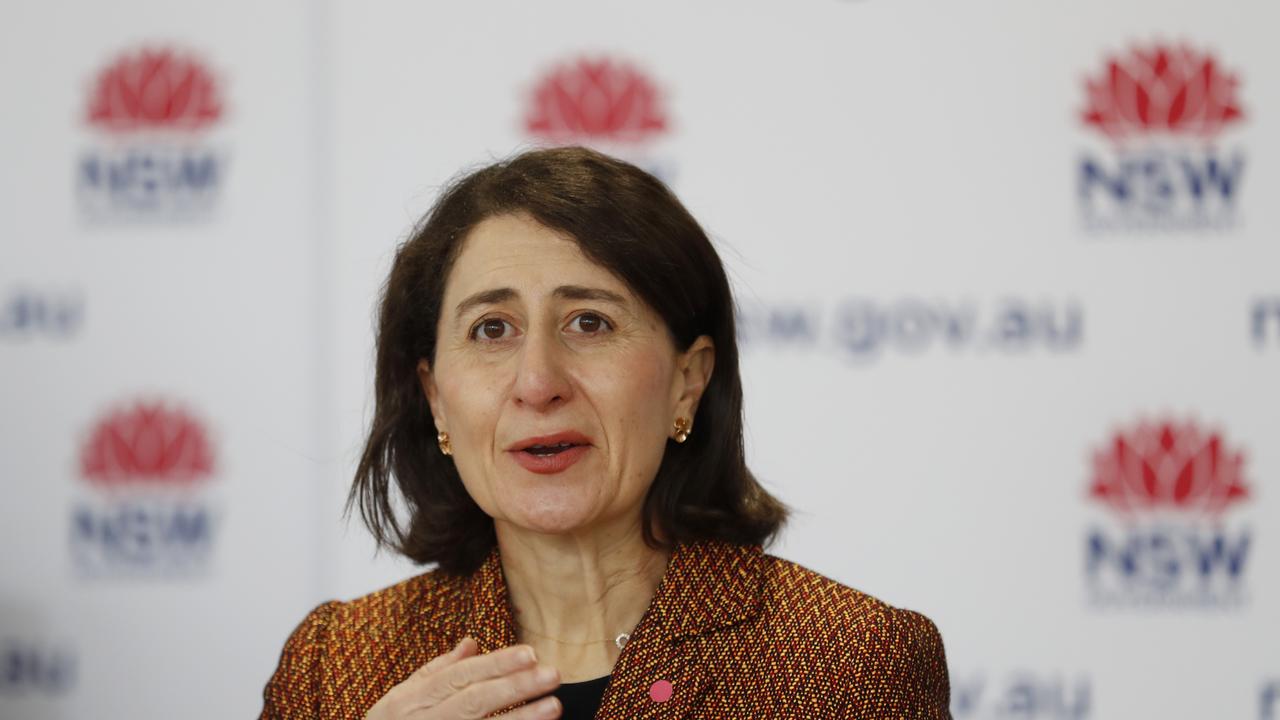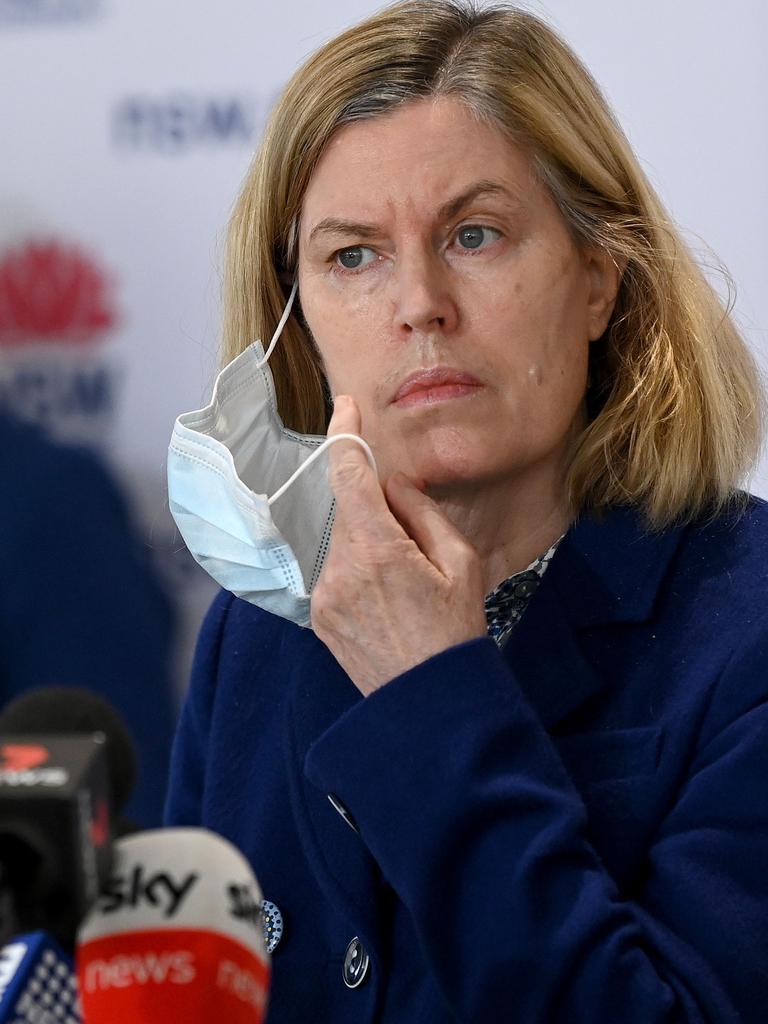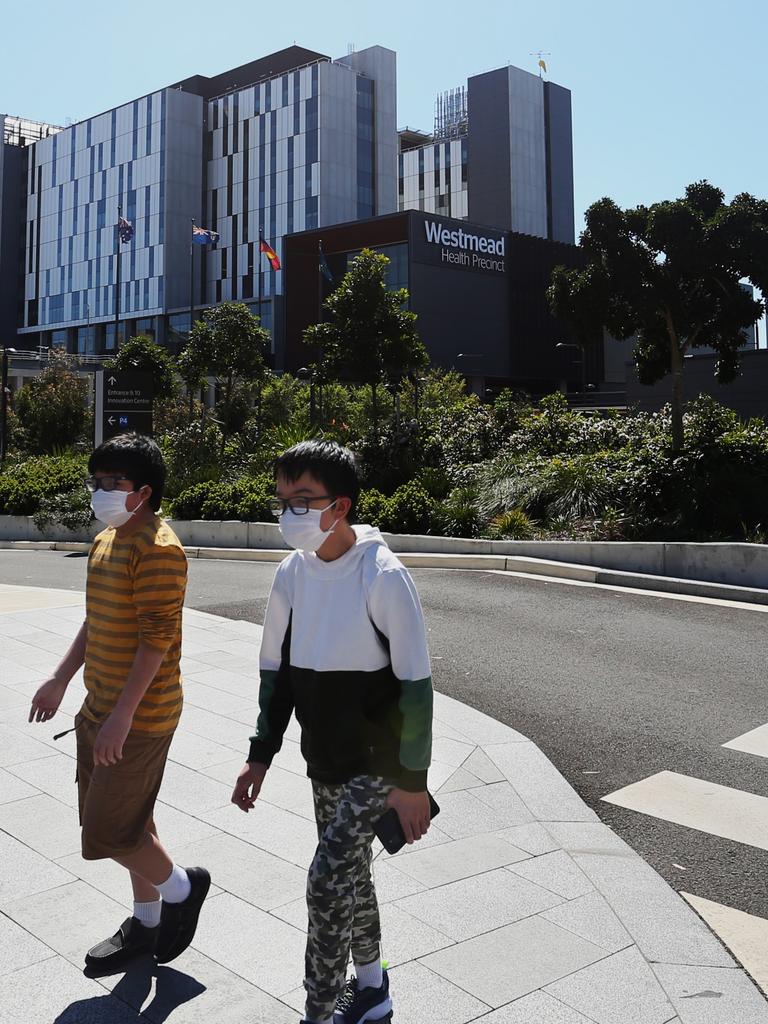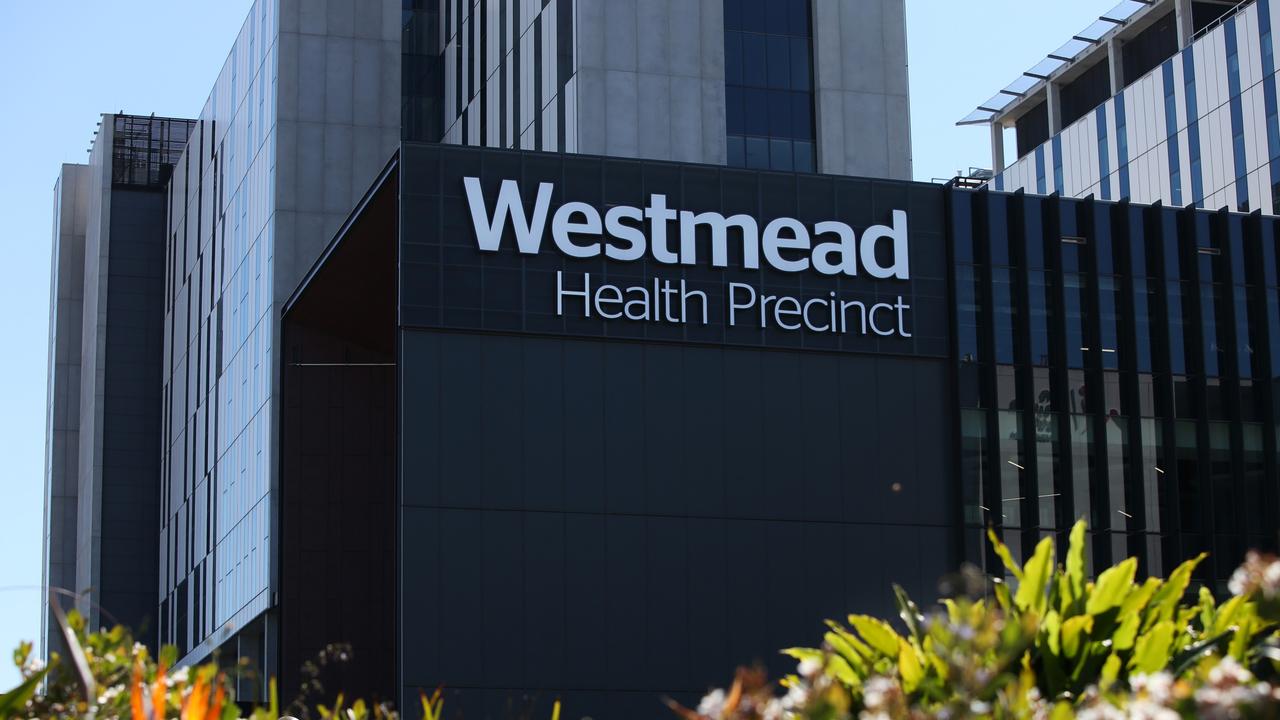Huge flaw in Gladys Berejiklian 2000 cases prediction
Gladys Berejiklian’s freedom plan to open the economy was never factored into the modelling that predicted a grisly Covid-19 case peak.
NSW Premier Gladys Berejiklian‘s “freedom plan” to reopen the economy was never factored into the modelling that she released that predicts a peak of 2000 Covid-19 cases a day
The Burnet Institute that prepared the modelling has confirmed to news.com.au that the prediction – including the peak of nearly 1000 cases in ICUs – is based entirely on all current restrictions being maintained.
Asked if it was “common sense” that allowing vaccinated citizens to return to shops, pubs and hairdressers from October 18 might have some impact on daily case numbers and hospitalisations Professor Margaret Hellard said this was self-evident.
“I think that‘s common sense, yes. Changes in restrictions will lead to changes in outcome,’’ she told news.com.au. ”Quite clearly, if you have changes in the assumptions in the model, it changes the findings.”
Professor Hellard would not be drawn on what the impact of the “freedom plan” might be on the daily cases or hospitalisations. She confirmed she was doing ”other work for the government” but suggested she was not at liberty to discuss that work.
“This is based on the current restrictions being held and then the ramping up of that vaccination in the Local Government Areas is of concern,‘’ she said.
“When I‘m allowed to provide people with more things we will, but that’s up to the government.”

The NSW Premier has repeatedly indicated she wants to shift away from daily case number reports to focus on hospitalisations which are expected to stabilise once a majority of adults are vaccinated.
The revelation that the Burnet Institute research that has been publicly released to date does not factor in the relaxation of restrictions comes amid reports that the NSW Premier has rejected the advice of her chief medical officer on the reopening plan.
The Australian newspaper reports today that NSW Health officials advised the state’s crisis cabinet to reopen the economy when vaccination levels were closer to 85 per cent but were overruled by Premier Gladys Berejiklian and senior ministers, who said 70 per cent cover was sufficient.


NSW chief health officer Kerry Chant reportedly told ministers the community should aim for as close to 80-85 per cent of full vaccination coverage before reopening and raised the experiences of Israel and the United Kingdom. In those jurisdictions, reopening occurred without adequate vaccination coverage and restrictions in place, resulting in high case numbers.
The NSW Premier spent weeks promising to release the Burnet Institute modelling underpinning the government‘s assumptions, the peak of cases in the state, and the plan for hospitals to respond.
But when NSW Health finally did so on Monday, it released a six-page document that included just two graphs from the extensive work prepared by the prestigious Melbourne Institute. It suggested that daily case numbers would peak at 2,000.
The material provided did not offer a prediction of the peak in case numbers across the state but only provided numbers in the Local Government areas of concern.
When contacted, NSW Health at first tried to suggest the numbers were based on state peaks before finally conceding the information provided in the two graphs only related to LGAs of concern in western Sydney and southwestern Sydney.
On Monday, Professor Hellard told news.com.au that she would have to seek permission from NSW Health to release more data.

The subsequent modelling released on Tuesday night outlined the positive impact of vaccinations on the daily case numbers. It also provided a daily case tally for the state that was not far off the original prediction for the LGAs of concern.
The new material released finds that Sydney‘s lockdown and the ramped up vaccination program may have saved 5,800 lives.
Without those restrictions, it predicted that more than half a million people – 500,000 – may have become infected if NSW had adopted a “let it rip” approach instead of locking down NSW for months.
Even the impact of the ‘Polish doses’ that allowed an extra 500,000 Pfizer doses to be rushed into the affected area was analysed.
The Burnet Institute revealed it had prevented an estimated 24,267 infections and saved 254 lives.
Which raises the question, given that sort of detail is available on Pfizer doses, what does the NSW Government know about what impact that relaxing restrictions will have on the daily case numbers?




